Application
Wilsor Polyester Resin is a synthetic resin that cures after the addition of a hardener. It is used for making yachts, spoilers and sculptures, among other things. The strength of polyester resin is obtained by using a reinforcement material such as glass mat, kevlar or carbon. The resin is applicable to substrates such as stone, steel, polyester and epoxy, provided they are grease-free and roughly sanded. Polyester resin does not adhere to epoxy, polyethylene and Teflon.
Reinforcement material
Because polyester resin is inherently brittle, it must be reinforced with a reinforcement material such as fiberglass, carbon or kevlar mat. These are available as woven mat or shredded mat.
Polyester resin versus Epoxy resin
Advantages
- Fast curing
- Lower price
- Cure adjustable via amount of hardener
Cons
- Shrinkage, leading to lesser adhesion
- Characteristic odor
User Manual
- Sand the damaged surface and make sure it is dry, dust- and grease-free.
- Add 2% to a maximum of 4% hardener to the polyester resin. More hardener accelerates the cure. 250 and 500 ml containers use a BP tube as a hardener. This should be rubbed well against the wall of the mixing cup for proper mixing. Packages of 1 and 5 liters use MEK hardener.
- Apply the resin with a brush and place the reinforcement material in the wet resin.
- Tampon the reinforcement material so that it is completely soaked with resin. Avoid air bubbles.
- After curing, protruding fibers can be cut away and the surface sanded and finished with a coating.

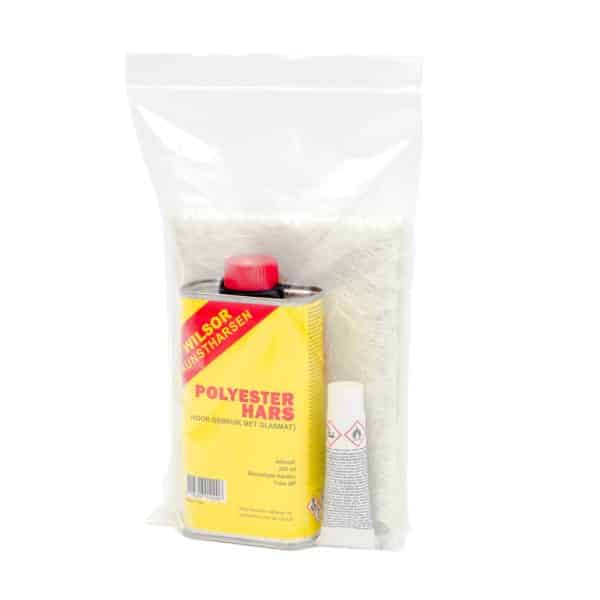
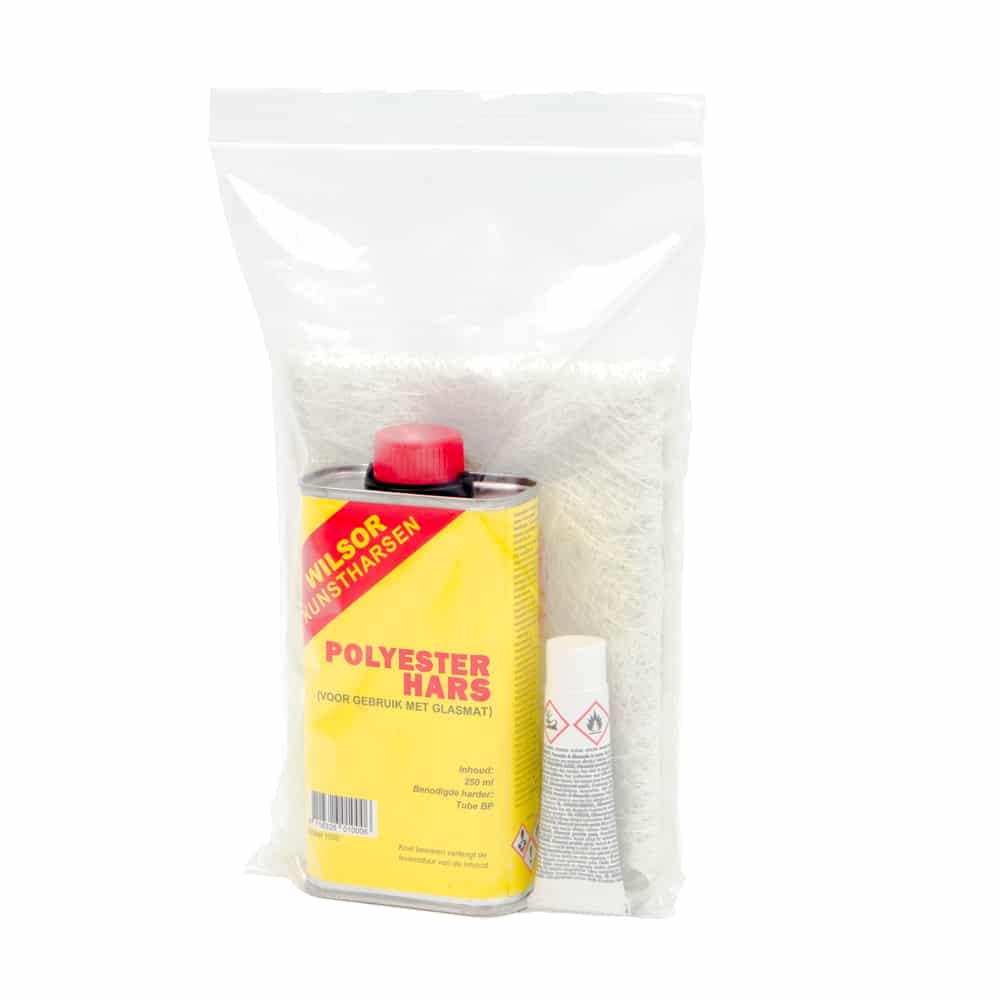
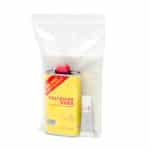
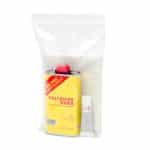

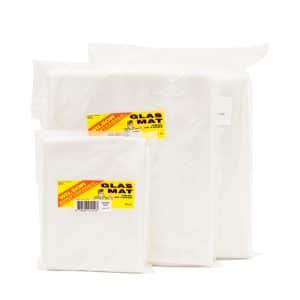

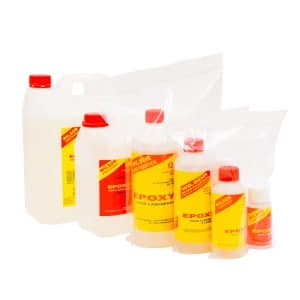
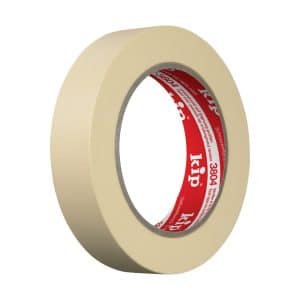
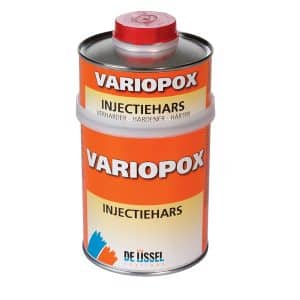
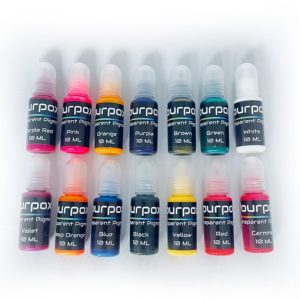
Reviews
There are no reviews yet.